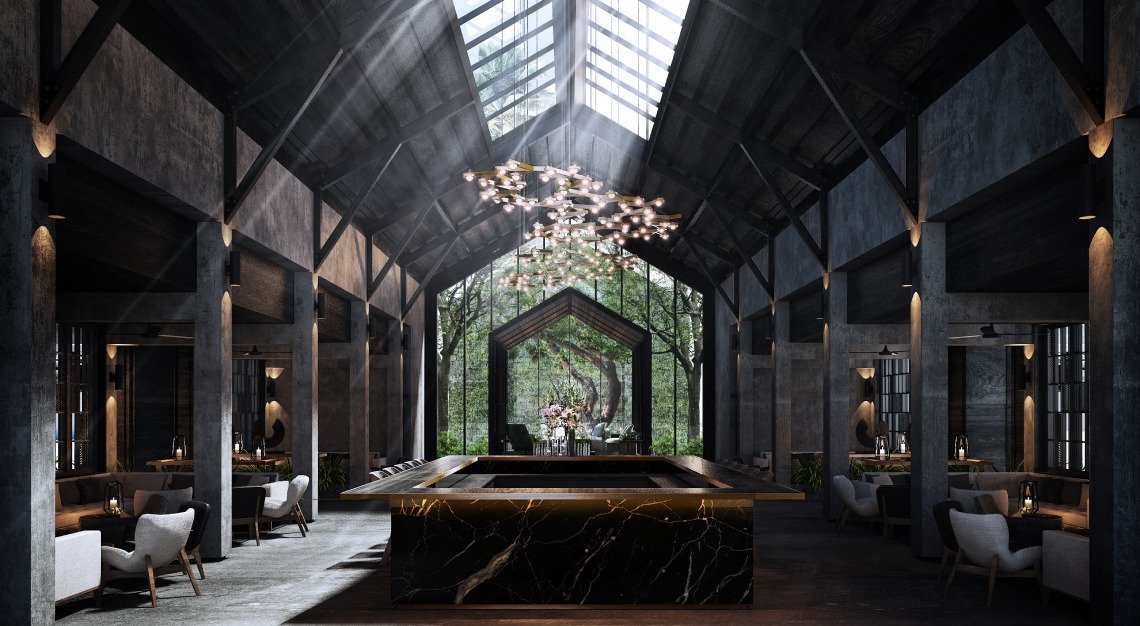Whether disguised as a bookcase or a tricked-out closet, the all-star safe room is your neighbour’s little secret
Most people don’t notice the bookcase in the Costa Rica hilltop vacation home, lined with popular biographies and thrillers by Clive Cussler, John Grisham and Dan Brown. Their eyes rest instead on the tropical views through the room’s windows. But like the adventure stories it holds, the bookcase also has a mystery at its heart: Its deliberately ordinary facade conceals a bulletproof steel door weighing hundreds of pounds, yet so finely balanced that a small child can easily open and close it. And behind that door lies a panic room.
Adam Carter, owner of the house and its hidden internal refuge, describes himself as “a very ordinary, nondescript 58-year-old, with a family, working from home.” A marketing consultant from the Southwest, Carter has “valuable possessions” to protect, but not “bars of gold or stock certificates.” Instead, he wants to ensure that his wife and children “can get someplace safe where there is literally no way that anybody can force entry,” he says. “That’s peace of mind.”
Peace of mind is what panic-room manufacturers sell. Carter, who asked that we not use his real name because of security concerns (of course), built his six years ago, when custom bunkers were still uncommon outside of celebrity compounds and doomsday cults. Today, purveyors of concealed armour-plated doors say demand has moved decisively from the fringes into the mainstream.
“We used to be the niche within a niche,” says David Vranicar, managing partner at Fortified & Ballistic Security, in Miami. “In order to be our client, you had to be really, really paranoid and you had to be really, really wealthy. That’s not the case anymore.” Demand is roughly four times higher than it was pre-2020, he says, and requests are increasingly elaborate.
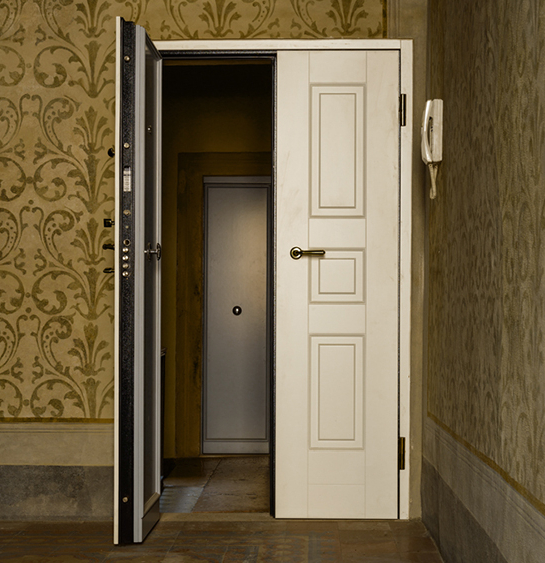
Though safes, alarm systems and cameras are now standard fare, and private security services have a host of other methods at their disposal, part of the appeal of a panic room, Vranicar says, is that “you pay me once, we put it in there, and you can lock me out.”
But the sudden popularity of reinforced-concrete shelters may say more about the state of our national psyche than about an actual lack of residential security.
The new generation of panic rooms are usually multipurpose, says Tom Gaffney, president of Gaffco Ballistics, based in Vermont. “It tends to be her walk-in closet,” which he says can double as a vault for jewelry, guns and art and a place to shelter in case of home intrusion. “In the type of residence we’re working in, they can be 1,000 square feet.” The room itself – walls, doors and windows – will be blast-resistant and impervious to ballistics and forced entry, he explains: “We base the criteria on what the US government does for their embassies overseas.”
Bill Rigdon, CEO of Los Angeles-based Building Consensus, whose panic rooms start at US$50,000 (S$68,231) and go up to more than US$1 million (S$1.36 million) depending on the specs, makes his doors out of AR500 armour plate, used in bank vaults and by the military. “You can shoot at it all day long and you’re not going to get in there,” Rigdon says.
Vranicar coats his panic rooms in a bulletproof concrete called BallistiCrete, which is applied like plaster. His security windows start at US$3,000 (S$4,094), his doors at US$10,000 (S$13,646), “and they’ll go to infinity and beyond,” he adds. A popular option is a hidden gun safe in the back of the door.
Rooms are accessed by fingerprint reader or facial recognition – ease and speed are crucial in an emergency. “You’re asleep at 3 o’clock in the morning,” says Gaffney. You hear your alarm, “you need to go into a room that you’re used to using on a regular basis so you don’t have to think about it, straight into the walk-in closet or the master bathroom, [then] hit the button,” which locks the door and alerts the police. Families with children often turn a kids’ bathroom or closet into a safe room. And if an intruder were to cut the power, entry would revert to a manual lock, with a key for the outside. If you’re already secured inside, the door would remain locked until you use a “thumb turn” to release it.
Those haunted by the fate of Edmond Safra, the billionaire banker who died in 1999 of smoke inhalation, along with one of his nurses, inside the panic room of his Monaco penthouse from a fire apparently set by another of his nurses, will be reassured to know that modern versions come with sprinkler systems, fireproofing and a separate, filtered air supply.
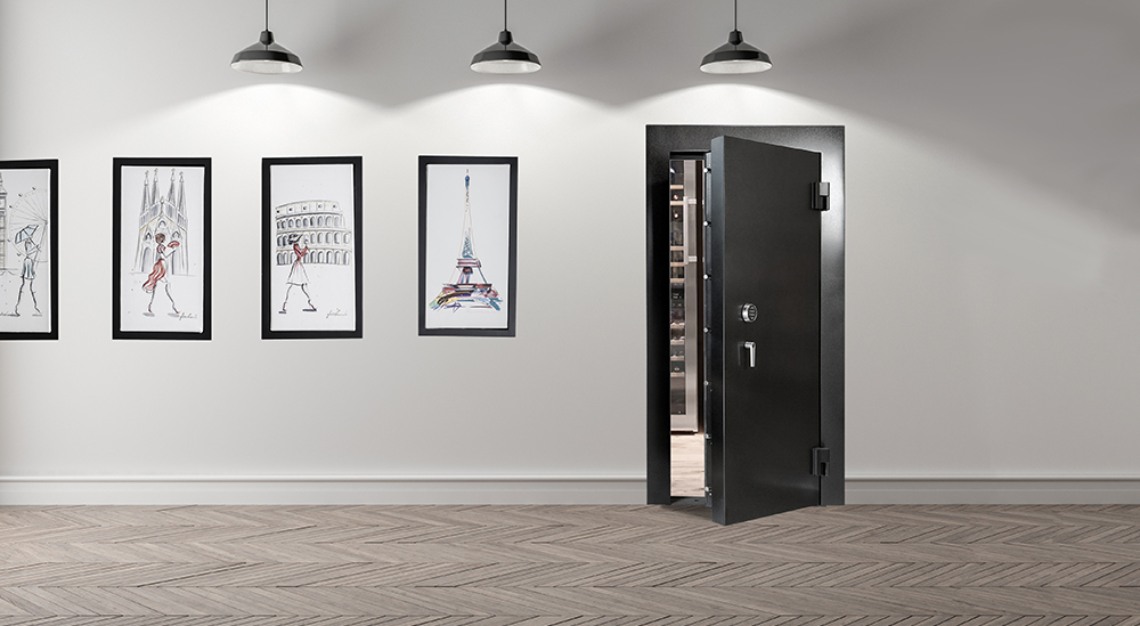
A panic room is not a success if it induces panic on sight, says Gaffney, so the safety features must be “extremely low-key – they want it, but they don’t want to see it.” Some companies, such as Arizona-based Creative Home Engineering, make clever concealment a priority. Steve Humble, the company’s president, says he hides secret, sometimes motorised doors behind “brick walls, fireplaces, bookcases, wood paneling, grandfather clocks, staircases that lift up and whatever else the client [has] seen in a movie.” The cost of a single door ranges from US$2,500 (S$3,412) to US$190,000 (S$259,278); options include resistance to 50-calibre rifle fire.
Humble’s most cautious clients will, when building a new house, privately designate one (concrete) room as their safe haven without telling their builders about its intended use. “They will come to us after the house is complete and have us build a door that doesn’t look like a door,” says Humble. Some rely on camouflage while others add in extra security, such as thicker walls or a layer of BallistiCrete.
In other cases, the secret room becomes a spy-movie gimmick. Ray Nosrati, a developer who builds LA mega mansions, now includes a standard cement-and-steel panic room. It’s “very similar to a bank safe,” he says, except sometimes hidden underneath the swimming pool. “It’s really a conversation piece.”
Some homeowners opt for entrapment as a bonus feature, such as a client of Vranicar’s, who didn’t want a hypothetical thwarted intruder to be able to simply slink away unapprehended. “He had a spiral staircase [that] led up to where the family’s sleeping quarters were,” Vranicar recalls. “We made it that the bottom door, you could open freely. When you got about halfway up the staircase, it locked.” The client told Vranicar, “I want to catch him like a rat in a trap.”
Panic rooms also appeal to the dilettante vigilante. “Some of these guys, you go in there and it looks like, you know, the end of the world,” says Rigdon. “They’ve got gun racks, you name it, it’s in there. It’s all military-grade stuff.” He ensures clients are prepared for a siege, stocking rooms with dehydrated food and medical kits.
Some use panic rooms to stow gold bars (“They can get a break on their insurance if they’re stored in a secure room,” says Humble) or as repositories for collections of watches, art, stamps, high-end sneakers or vintage baseball cards. Nosrati’s clients have asked him to kit out their secure spaces as various types of man caves, such as a cannabis den, a cigar lounge and a sex room.
In Vranicar’s opinion, having just one impenetrable space is impractical, and he’s not a big fan of the term “panic room.”
A panic room, in his view, “is a place of fear, anxiety; it’s a place you would never want to go.” Instead, he says, “why don’t we create a sanctuary, which is a place you’d never want to leave?” His solution is to fortify the primary bedroom or whole sections of the house. Most of his clients – the majority of whom are women – start off asking for a safe room, “and they just end up doing every door and window in the house.”
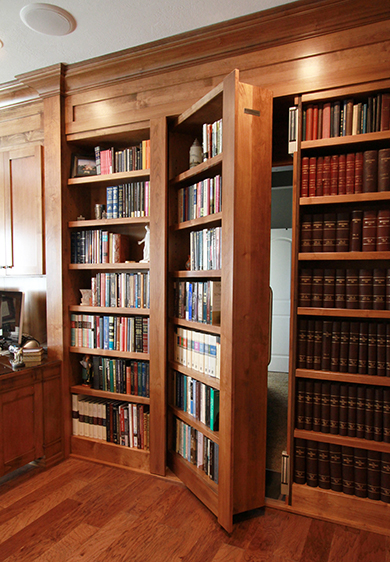
The recent rise in demand for panic rooms is almost entirely a US phenomenon, manufacturers agree. There’s a small but steady overseas market in embassies, authoritarian Middle Eastern states and countries with high socioeconomic inequality and crime, such as Nigeria, where Gaffco has done work for businessmen, or Israel, where every residential building constructed after 1990 must incorporate a reinforced-concrete shelter. In these countries, safe rooms are deadly serious, not bachelor-pad novelties.
London is something of an anomaly, despite its history of terrorist attacks and a housing market that acts as a piggy bank for the wealthy of the world. Harrods, the department store favoured by Russian and Middle Eastern homeowners, sells panic rooms, but in a country with few guns, the stakes are lower. Given the “serious art collections in private houses” in London, there is “surprisingly little security” in much of the city, says Simon Barry, head of new developments at Harrods Estates, the store’s real-estate arm. He has tried to “push the idea of installing panic rooms” with developers, “but I can’t say as we’ve had any takers yet.”
So what’s stoking recent demand in America? “There is a trigger,” says Rigdon, for whom website inquiries have jumped from between 20 and 100 per week up to almost 10,000 weekly during the pandemic, “and the trigger is, they’re watching the news.” In 2020, the US recorded the biggest annual increase in homicides since the government began keeping statistics in the ’60s, according to FBI figures.
Panic rooms are particularly popular in Beverly Hills, where the local police department reported a 58 percent rise in residential burglaries from October 2020 through September 2021, compared with the previous 12 months. Over the same period, there was also a 34 percent rise in aggravated assaults, defined as “an assault with a weapon or with the intent to inflict severe or aggravated bodily injury.” High-profile incidents such as an armed robbery at Il Pastaio, a popular Beverly Hills restaurant, have unsettled residents, says Nosrati. In March, a man dining at an outdoor table there was robbed at gunpoint; the three perpetrators stole his US$500,000 (S$682,310) Richard Mille wristwatch and shot another patron (who recovered).
An even more doomsday scenario: Vranicar says some of his clients “think there’s an internal struggle coming in the United States between the haves and the have-nots. And they’re preparing for it.” This perceived threat is, he admits, very good for business.
Companies also increasingly provide domestic protection to their top executives. At the San Francisco home of one multinational CEO, Gaffney says, “all the exterior doors and windows had to be bullet-resistant and forced-entry-resistant. That was mandated by the corporation themselves. They looked at it as key-man insurance. Lose him, the stock goes down.”
Other motivations seem less grounded in reality.
Manhattan clients often cite the fear of terrorist attacks as their primary driver, says Gaffney, noting that he has sometimes been asked to install an additional panic room in a townhouse basement as a place to wait out a city-wide lockdown. “We’ll take a [home] movie theatre, for example, and make that into a secondary safe room,” he explains. “It’s below ground, so if there is a nuclear, biological, chemical attack, the radiation can’t leak down.” These requests are typically channeled through “ex-governmental guys, FBI, Secret Service” now employed as personal-security consultants.
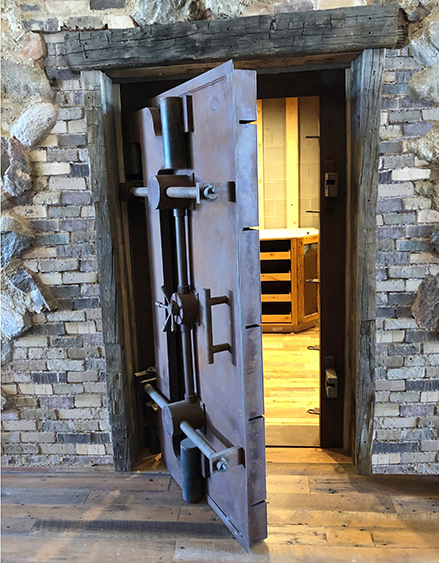
Sometimes fear is driven by a lack of control. One of Vranicar’s clients – “He’s not a celebrity, but he’s on the Forbes list” – ordered 48 bulletproof doors and about 60 windows, enough for every room in his house. “I said, ‘Why? Nobody even knows who you are,’ ” Vranicar recalls. “He said, ‘There are many things that can harm me, my wife, my daughters and my grandchildren that I am powerless to stop. They can get hit by a car; they can get sick. This is something I can stop, and for the want of a little money, I’m not going to let that get ’em.’ ”
This need to mount a proactive defense is also the goal of “mainstream” panic-room buyers, such as Carter, who secretly designated a room when building his getaway in Costa Rica. In his hometown in the US, where he owns a firearm, the police take an average of six and a half minutes to respond to an emergency call. “Well, that’s an eternity,” he says. “And in a developing country, that could be hours. We had to simply be responsible for our own safety and security, and the safe room was the most practical way that I could ensure that.”
Carter instructed his architect to include a reinforced-concrete room, ordered a $22,000 bulletproof steel door from Humble, concealed it behind a built-in bookcase and installed motion sensors inside and outside the house that he can control remotely from the US. There are no humidors or diamonds within the mini fortress, merely emergency food and water and a bucket, in case, he says, “you really had to, you know, spend hours there.”
Gaffney knows of just four times his panic rooms have been used in emergencies; Humble is aware of at least two; Vranicar, none. Rigdon reports a few, each one resulting in a business opportunity: “They want to upgrade,” he says. “And then we also provide them with bulletproof vests.”
Carter’s panic room has been used only once. He was away, and his wife was taking an afternoon nap, when the alarm went off. She followed the well-rehearsed protocol, says Carter, and ran into the protective chamber, cell phone in hand, and closed the door behind her, securing herself inside. She called her husband, and they reviewed the surveillance footage on their phones, though the suspected miscreant cleverly evaded the cameras. “A gecko walking across the sensor,” Carter speculates, adding, “there’s no perfect system.”





